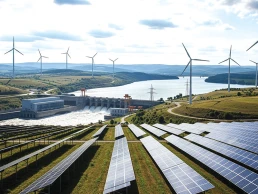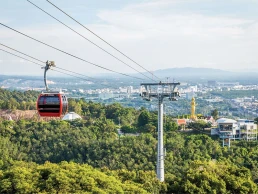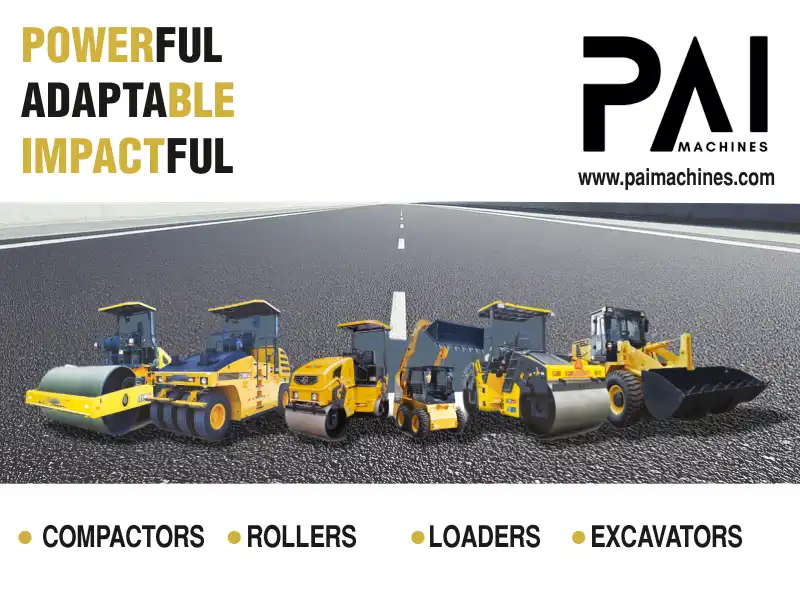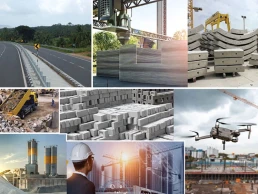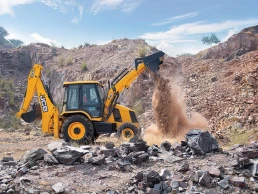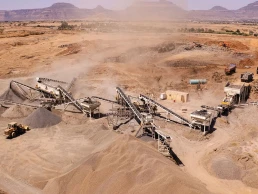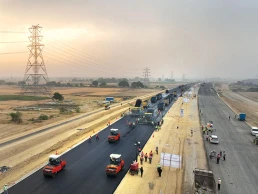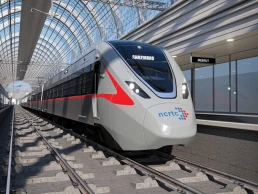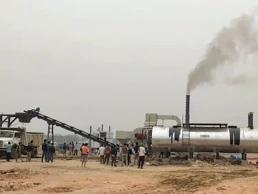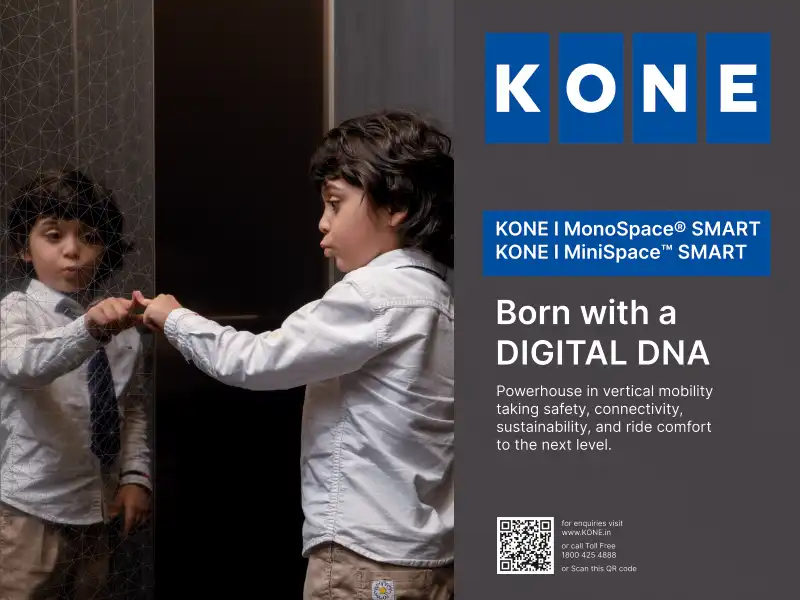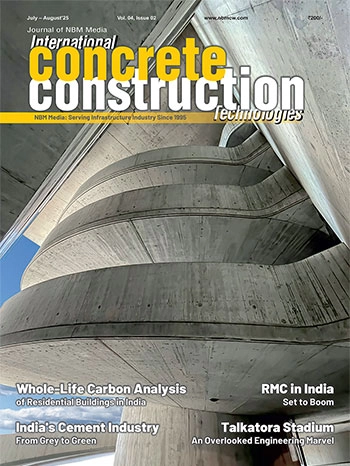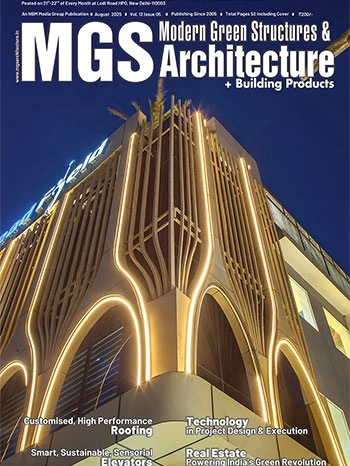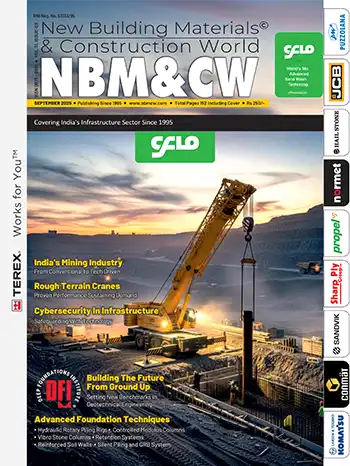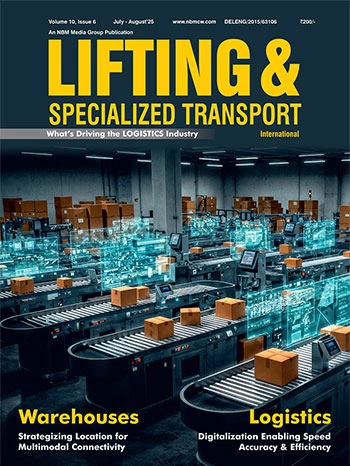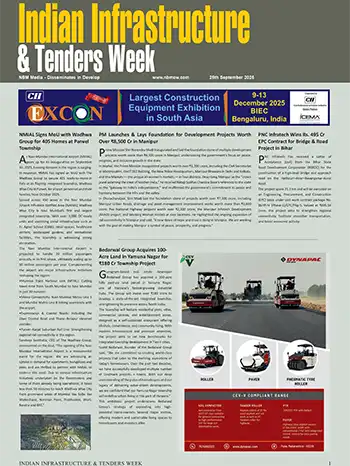India Builds 43,700 km of Rural Roads Using Waste Plastic Under PMGSY
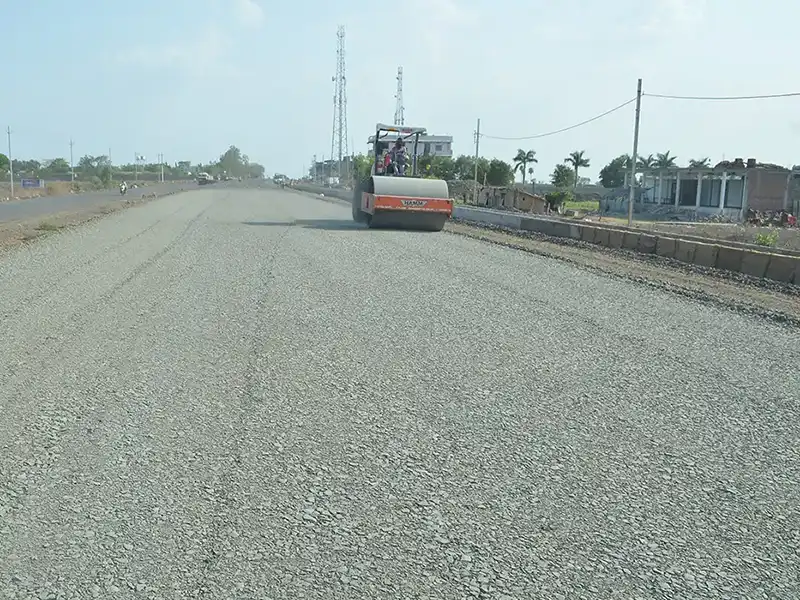
India has made significant progress in adopting sustainable construction practices by using waste plastic in rural road construction under the Pradhan Mantri Gram Sadak Yojana (PMGSY).
The length of roads constructed with waste plastic under PMGSY during the last five years is as follows:
- 2020-21 – 3,133 km
- 2021-22 – 8,848 km
- 2022-23 – 6,382 km
- 2023-24 – 5,241 km
- 2024-25 – 4,061 km
- 2025-26 (till 13 Aug 2025) – 2,058 km
As of 31 July 2025, a total of 56,875 km of road works have been sanctioned using waste plastic, of which 43,700 km have been completed.
Guidelines for Green Technology in Roads
To promote green and sustainable technologies, the Ministry of Rural Development issued the Vision Document on New Technology Initiatives Guidelines–2022. As per these guidelines:
- States/UTs must compulsorily use waste plastic in at least 70% of road length involving the Hot Mix process.
- The use of plastic is regulated by the Indian Roads Congress (IRC) Guidelines (IRC:SP:98-2013), which specify the type and size of plastics to be used.
Benefits of Waste Plastic Roads
The use of waste plastic in road construction:
- Diverts plastic from landfills and oceans, reducing environmental hazards.
- Improves pavement quality by reducing distresses such as ravelling, cracking, and potholes.
- Results in higher Pavement Condition Index (PCI) values, ensuring better road durability.
- Defers maintenance needs by about one year and reduces overall life-cycle costs.
Performance Evaluation
Performance studies by seven institutes under the supervision of IIT Madras confirmed that waste plastic roads outperform conventional roads, offering stronger surfaces and improved sustainability.

































